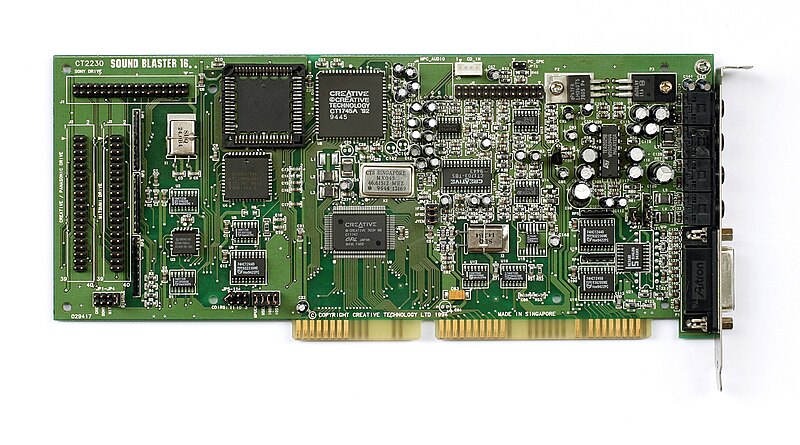Hi vintage dudes 
I am wondering if i could use the IDE port of a SB16, which was meant to hook a cd-rom by the time, to connect a hard-drive (actually a Compact Flash with IDE adapter)?
Is this device autobootable? Is there a size limit for the drive? Any clue about the speed?
I am looking into this because i am rebuilding a retro PC inside my Amiga 2000 with the A2386 bridgeboard (2386sx@25 MHz which is going to be upgraded to 486SLC2).
With this board, i still can use 3 ISA slots, for instance a SVGA card, a NIC card and then a SB16 (maybe with wavetable). So nothing left for IDE controller. I could share a hardfile or a partition from the amiga side but it would certainly be slower.
Regards
I am wondering if i could use the IDE port of a SB16, which was meant to hook a cd-rom by the time, to connect a hard-drive (actually a Compact Flash with IDE adapter)?
Is this device autobootable? Is there a size limit for the drive? Any clue about the speed?
I am looking into this because i am rebuilding a retro PC inside my Amiga 2000 with the A2386 bridgeboard (2386sx@25 MHz which is going to be upgraded to 486SLC2).
With this board, i still can use 3 ISA slots, for instance a SVGA card, a NIC card and then a SB16 (maybe with wavetable). So nothing left for IDE controller. I could share a hardfile or a partition from the amiga side but it would certainly be slower.
Regards

